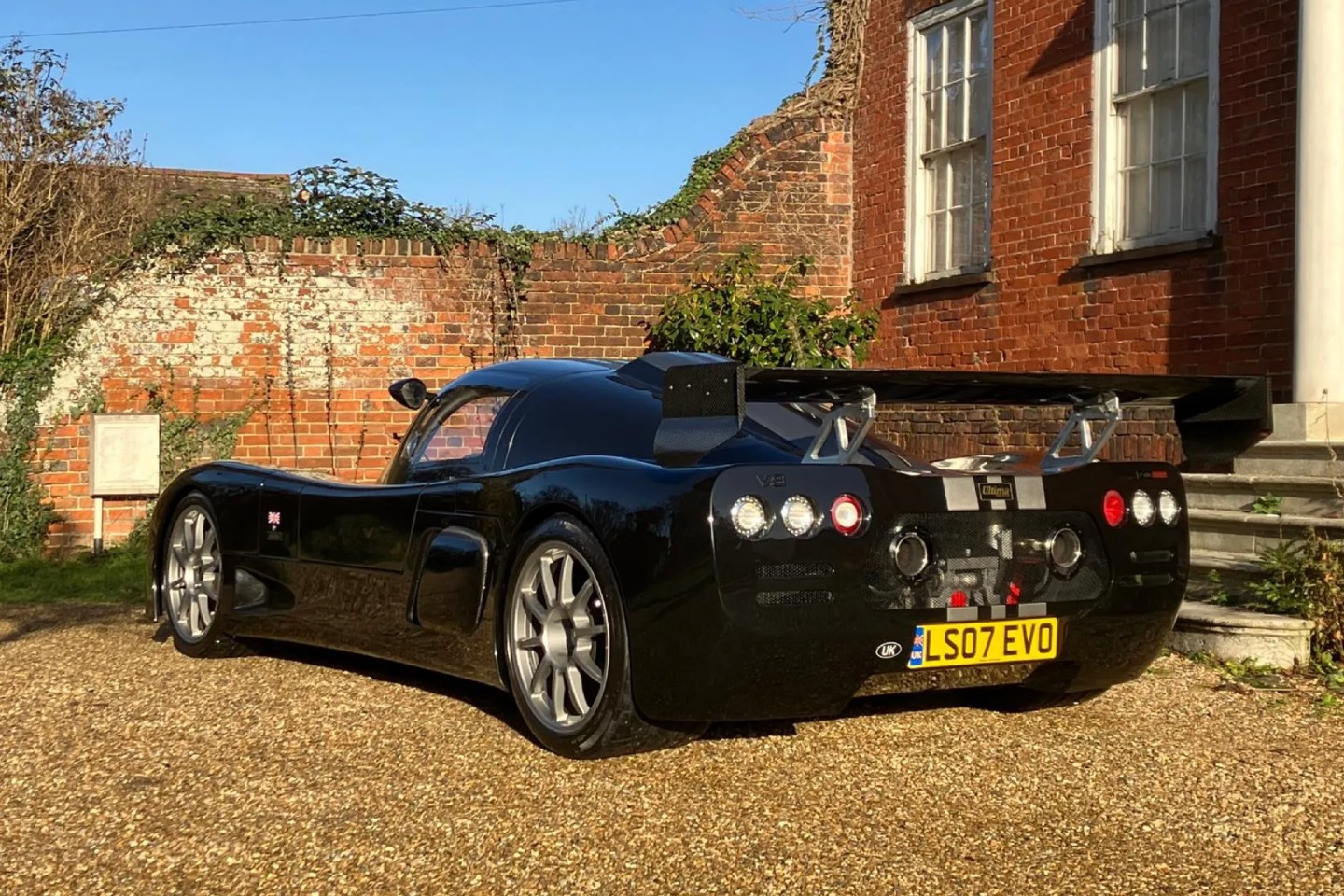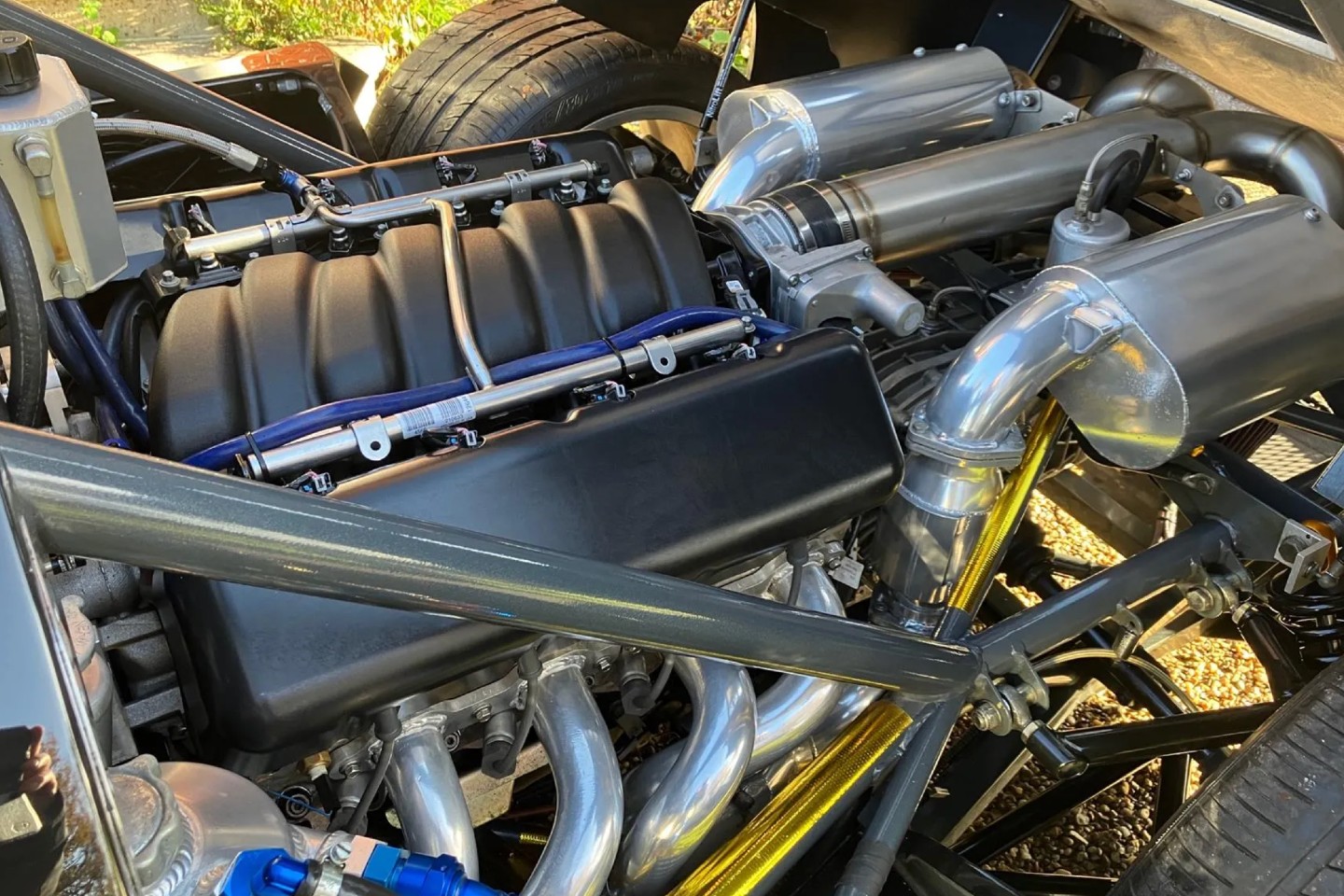
If you were to put a contemporary Ultima and park it next to its equivalent from, say, the early 2000s, you’d probably struggle to tell them apart. To some, this might seem like the company has barely moved on from its kit car origins, but the reality is that, in true British sports car fashion, most of the work goes towards all the bits and pieces you can’t see. The bodywork is merely the skin. Just look at Caterham; it’s been doing the same thing for the best part of 50 years.
That said, it’s only in recent years that the company has made serious strides. Today’s Ultima RS retains the Le Mans prototype styling of the old GTR, only with a suite of race tech and ludicrous amounts of power that, in a way, show what a modern-day Group C racer could look like. But the car that arguably put Ultima back on the map after the beloved GTR started showing signs of its age was the Evolution.
But before we get into what made the Evo such a monumental leap over its predecessor, a quick word on the car we have here. This particular Ultima Evolution is fitted with a Chevrolet LS7 V8, the mid-range motor in the lineup. That means it doesn’t match the 1,020hp figure that you’ll read about in pretty much every article covering the car, with the seller claiming the LS7 engine ‘only’ produced around 640hp (though Ultima puts the figure at 700hp). That also means it can’t match the terrifying 0-60mph time of 2.3 seconds the top-spec supercharged model is capable of, instead completing the sprint in a frankly pedestrian 2.6 seconds. But the really impressive figure here is a 30-70mph time of 1.5 seconds and, yes, that’s for the mid-spec LS7 model. Bonkers.


Bear in mind that the Evolution is still a car that can be assembled in your shed at home. Like the GTR it replaced, the Evo is based on a space-frame chassis with a glass fibre-reinforced body, tipping the scales at just 950kg. Naturally, every build is a little different, but this example gets all the Evolution goodies such as adjustable dampers, AP Racing brakes with adaptable bias and a Porsche-sourced six-speed manual transaxle. No half measures here. Plus, the original owner specced air conditioning for those who are brave enough to attempt a road trip in the thing.
Of course, that was part of the appeal of the Evolution. While it looks pretty much identical to the GTR – albeit with some carbon bits here and there and a new set of forged 18-inch alloy wheels – the Evolution upped the luxury, if only slightly, to tone down its widow-maker image. Leather trim around the door sills and dashboard, exposed carbon fibre around the gear shifter and suede lightweight bucket seats means the cabin doesn’t look nearly as spartan its predecessors. Contrast that with rudimentary dials that appear to be randomly bolted to the dash, plus a basic steering wheel with the odd button on it, which all serve as a reminder that you’re effectively driving an engine veiled in a wafer-thin layer of bodywork.
What makes a truly brilliant British sports car, though, is performance and pricing that’ll embarrass most million-pound hypercars. The Evolution had the speed, and at £95,995 for the 1,020hp model it was certainly affordable (in the grand scheme of things). This LS7 model is listed at £85,995 and, according to the ad, has been assembled by a “well-known Ultima expert”, suggesting it hasn’t been pieced together by newbie looking for something a little more challenging than a Lego Speed Champions build. Oh, and just so you know, the motor is apparently good for 1,500hp. In case you really want to scare yourself silly.
SPECIFICATION | ULTIMA EVOLUTION
Engine: 7,011cc V8
Transmission: 6-speed manual, rear-wheel drive
Power (hp): 700@6,600rpm (640hp claimed)
Torque (lb ft): 625@4,500rpm
MPG: N/A
CO2: N/A
Year registered: 2017
Recorded mileage: 13,000
Price new: £95,995 (Supercharged)
Yours for: £85,995
